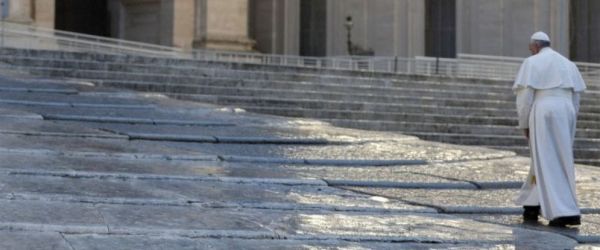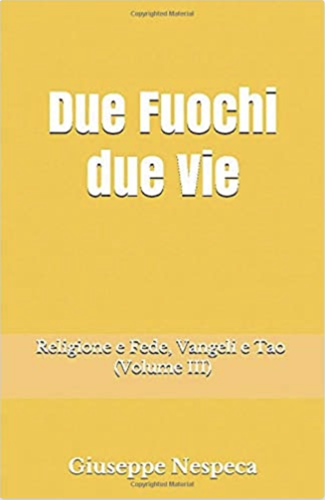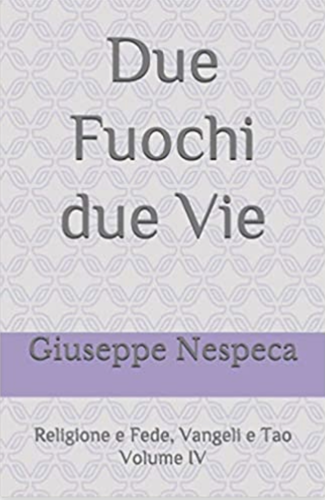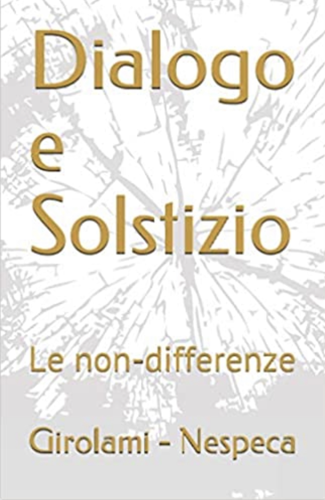To base one's life "on the rock of God" and on the "concreteness" of acting and giving oneself, rather than "on appearances or vanity" or on the corrupt culture of "recommendations". This is the indication that Pope Francis suggested - during the Mass celebrated at Santa Marta on Thursday, 6 December - for living the Advent journey coherently.
Simple and challenging guidelines at the same time, which the Pontiff drew from the readings of the day, in which there are three significant groups of opposing words: "saying and doing", "sand and rock", "high and low".
Regarding the first group - "saying and doing" - the Pontiff immediately recalled the words of Matthew's Gospel (7:21): "Not everyone who says to me 'Lord, Lord' will enter the kingdom of heaven, but he who does the will of the Father". And he explained: 'One enters the kingdom of heaven, one matures spiritually, one goes forward in the Christian life by doing, not by saying'. In fact, 'saying is a way of believing, but sometimes very superficial, halfway': as when 'I say I am a Christian but I don't do the things of a Christian'. It is a sort of 'making up', because 'just saying, is a trick', it is 'saying without doing'.
Instead, "the proposal of Jesus is concreteness". And so, "when someone approached and asked for advice", he proposed "always concrete things". Moreover, the Pope added, "the works of mercy are concrete". And again: "Jesus did not say: 'But go to your home and think of the poor, think of the prisoners, think of the sick': no. Go: visit them'.
Here is the contrast between doing and saying. Necessary to highlight because 'many times we slip, not only personally but socially, into the culture of saying'. In this regard, Francis pointed to an unfortunately widespread practice, that of the 'culture of recommendations'. It happens, for example, that for a competition at university "one who has almost no merit" is chosen over many good professors; "and if you ask: 'But why this one? And these other good ones?" - 'Because this one was recommended by a cardinal, you know... the big fish...'". This is the Pope's comment: 'I don't want to think bad, but under the table of a recommendation there is always an envelope'. This is just one example of the prevalence of 'saying': 'it's not the merits, it's not the doing that gets you ahead, no: it's the saying. Making up your life'. And it is precisely 'one of the contradictions that today's liturgy teaches us: to do, not to say'. Even, the Pope explained in closing this first part of the reflection, "Jesus advises" to "do without saying: when you give alms, when you pray... secretly, without saying it. Do, not say".
The second comparison refers to an image used by Jesus in the Gospel: 'a wise man builds his house on rock, not on sand'. The parable has its own evidence: 'The sand is not solid. And a storm, winds, rivers, many things, rain bring down a house built on sand. Sand is a weak concreteness'. The Pontiff explained: "Sand is the consequence of saying: I make myself up, as a Christian, I build a life but without foundations. Vanity, vanity is saying many things, or making myself appear without foundation, on sand'. Instead, one must 'build on rock'. In this regard, the Pope invited us to grasp the beauty of the first reading of the day, taken from Isaiah (26:1-6), where we read: "Trust in the Lord always, for the Lord is an eternal rock".
It is a closely related juxtaposition between saying and doing, because 'many times, he who trusts in the Lord does not appear, is not successful, is hidden... but is steadfast. He does not have his hope in saying, in vanity, in pride, in the ephemeral powers of life", but he trusts in the Lord, "the rock". Francis explained: 'The concreteness of the Christian life makes us go forward and build on that rock which is God, which is Jesus; on the solidity of divinity. Not on appearances or vanity, pride, recommendations.... No. Truth."
Finally the "third group", where the concepts of "high and low" are confronted. It is again the passage from Isaiah that guides the meditation: "Trust in the Lord always, for the Lord is an everlasting rock, for he has brought down those who dwell on high, he has overthrown the lofty city, he has razed it to the ground. The feet trample it down: they are the feet of the oppressed, the footsteps of the poor'. It is a passage, the Pontiff noted, that recalls the 'song of Our Lady, of the Magnificat: the Lord raises up the humble, those who are in the concreteness of every day, and brings down the proud, those who have built their lives on vanity, pride... these do not last'. And the expression, Francis emphasised, "is very strong, even in the Magnificat we use 'has overthrown', and even stronger: that great beautiful city is trampled underfoot. By whom? By the feet of the oppressed and the steps of the poor". That is, the Lord 'exalts the poor, exalts the lowly'.
The category of 'high and low', the Pope added in comment, is also used by Jesus, for example, when he 'speaks of Satan: "I have seen Satan fall from heaven". And it is the expression of a "definitive judgement on the proud, on the vain, on those who boast of being something but are pure air".
Concluding his homily, Francis invited us to accompany the Advent season with reflection on "these three groups of words that contrast one with the other. Say or do? Am I a Christian of saying or doing? Sand and rock: do I build my life on the rock of God or on the sand of worldliness, of vanity? High and low: am I humble, do I always try to go from the bottom, without pride, and thus serve the Lord?". It will help to answer such questions; and, he added, also to take the Gospel of Luke and pray "with Our Lady's song, with the Magnificat, which is a summary of this message today".
[Pope Francis, S. Marta homily, in L'Osservatore Romano 06/12/2018]












